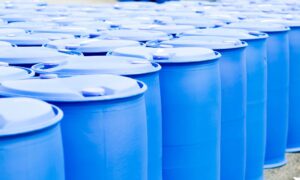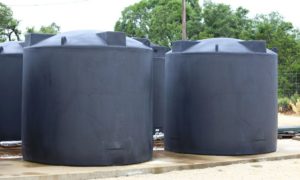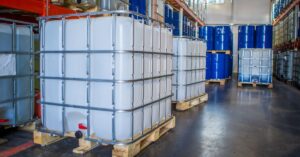Behind the creation of many high-precision plastic components lies the advanced technique of CNC machining. Automotive and aerospace industries rely on this method to deliver durable, customized, and functional components for diverse applications. The process of CNC machining for plastic part production combines modern technology with expert craftsmanship to create intricate plastic parts that meet exacting standards.
What Is CNC Plastic Machining?
CNC (computer numerical control) machining is a manufacturing process where computer software directs high precision cutting tools to shape plastic parts from solid blocks or sheets of material. Unlike plastic injection molding, which involves molten plastic poured into molds, CNC machining removes material from a workpiece to create customized parts. This subtractive approach ensures enhanced accuracy and versatility, making CNC plastic machining services highly sought for prototyping and small-batch productions.
Common plastics like ABS, polycarbonate, POM (acetal), and nylon are chosen for their unique properties. Industries use CNC machining for tight tolerances, complex shapes, or hard-to-mold materials, ensuring precision and reliability for everything from medical devices to custom machinery parts.
The Step-by-Step Process of CNC Machining for Plastic Parts
1. Design the CAD Model
Engineers create a detailed CAD model that defines every aspect of the part, including dimensions and tolerances. Accuracy here is critical, as the CAD file guides the manufacturing process.
2. Convert CAD to CAM
Once the CAD model is ready, convert it into a CAM file to generate G-code. This code instructs the CNC machine on accurately cutting, moving, and shaping the part.
3. Prepare the Material
The operator mounts the plastic material onto the CNC machine and inspects it for quality. Proper material selection and secure mounting are essential for precision.
4. Perform CNC Machining
The CNC machine follows the G-code to mill, drill, or turn the material, accurately replicating the CAD design. Operators monitor tool wear and other issues during the process.
5. Post-Process and Inspect
After machining, the part may be polished or finished. It then undergoes strict quality checks to meet all specifications and performance standards.
Benefits of CNC Machining for Plastic Part Production
CNC machining for plastic part production services offers several advantages, especially for projects requiring high precision and shorter lead times. Unlike molding, CNC machining allows for rapid iterations on prototypes since no complex molds are needed. The method also minimizes waste by using material efficiently and enables the creation of parts with tighter tolerances and superior finishes. However, manufacturers must weigh the pros against the higher costs for large-volume productions where injection molding is more cost-effective.
Why Engineers and Designers Rely on CNC Machining
Engineers, product designers, and manufacturing professionals favor CNC machining for its unmatched ability to deliver accuracy and customization. Whether producing precise gears for assembly lines or crafting specialized medical components, the process ensures consistency and quality.
With its versatility and capability to handle innovative designs, CNC plastic machining remains a foundational tool in modern manufacturing. The next time you need a high-precision plastic component, consider whether CNC machining offers the efficiency, accuracy, and flexibility your project demands—then purchase with confidence from Miller Plastic Products.




